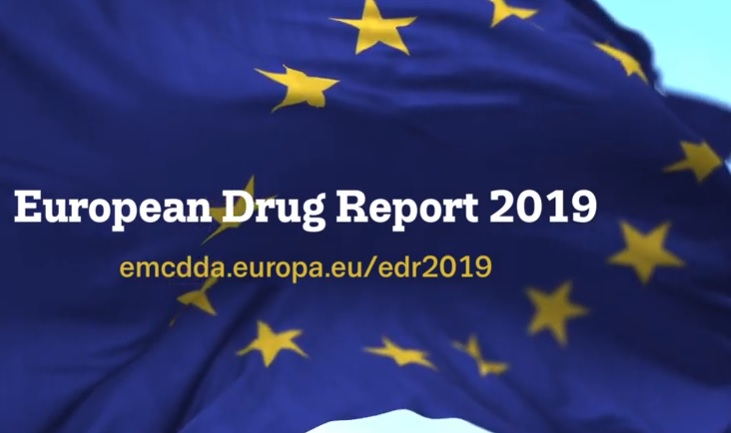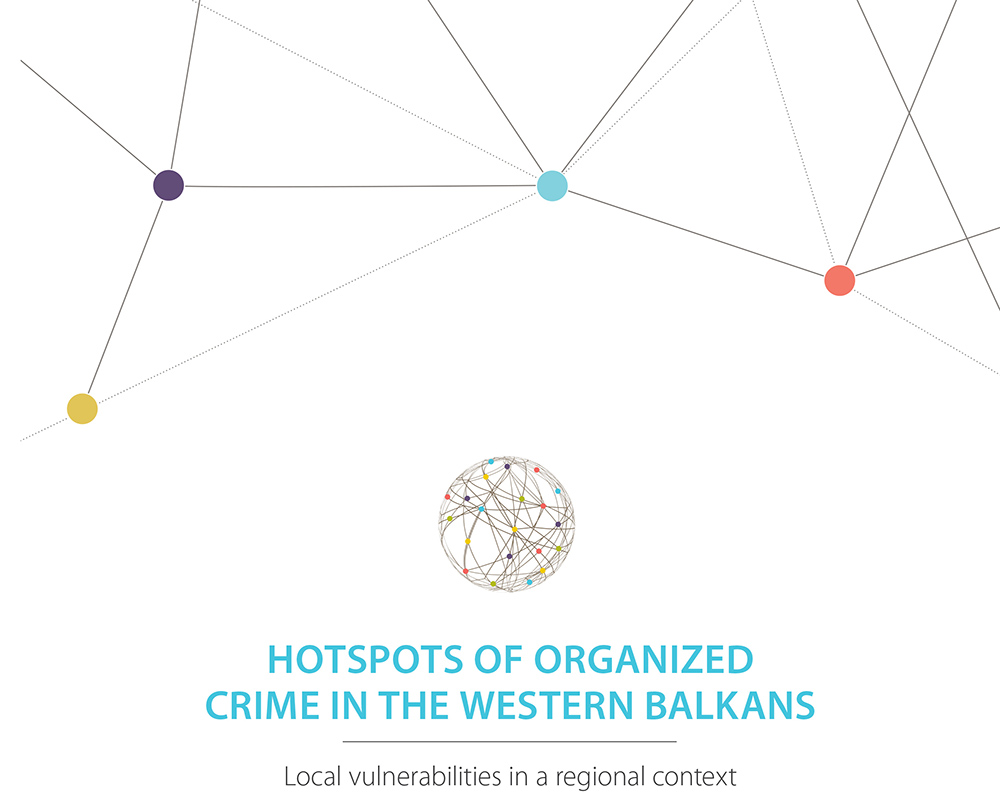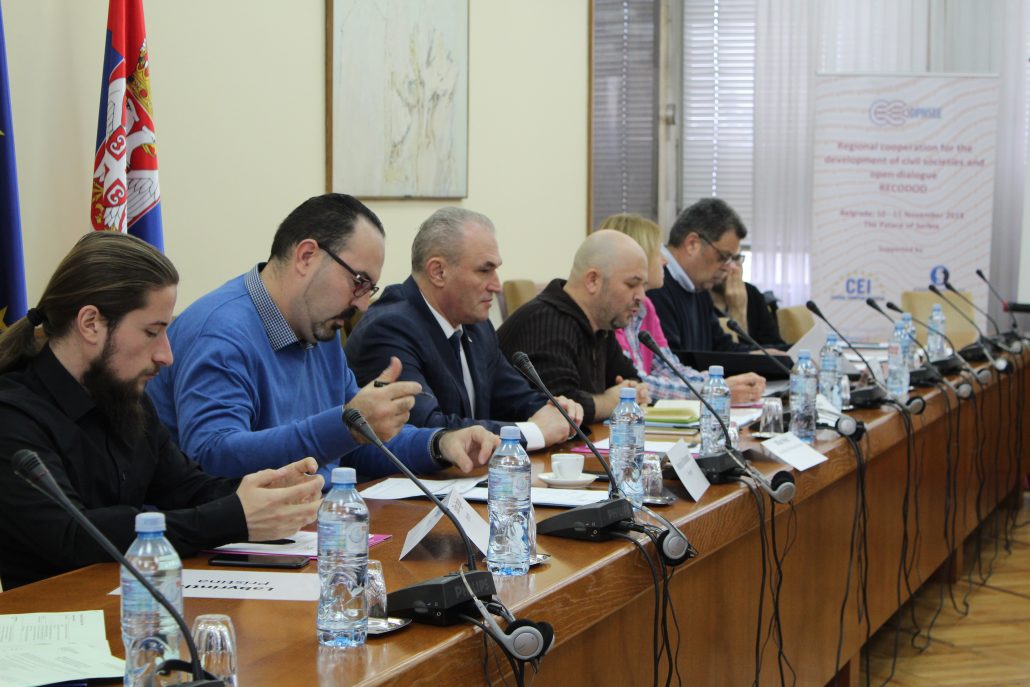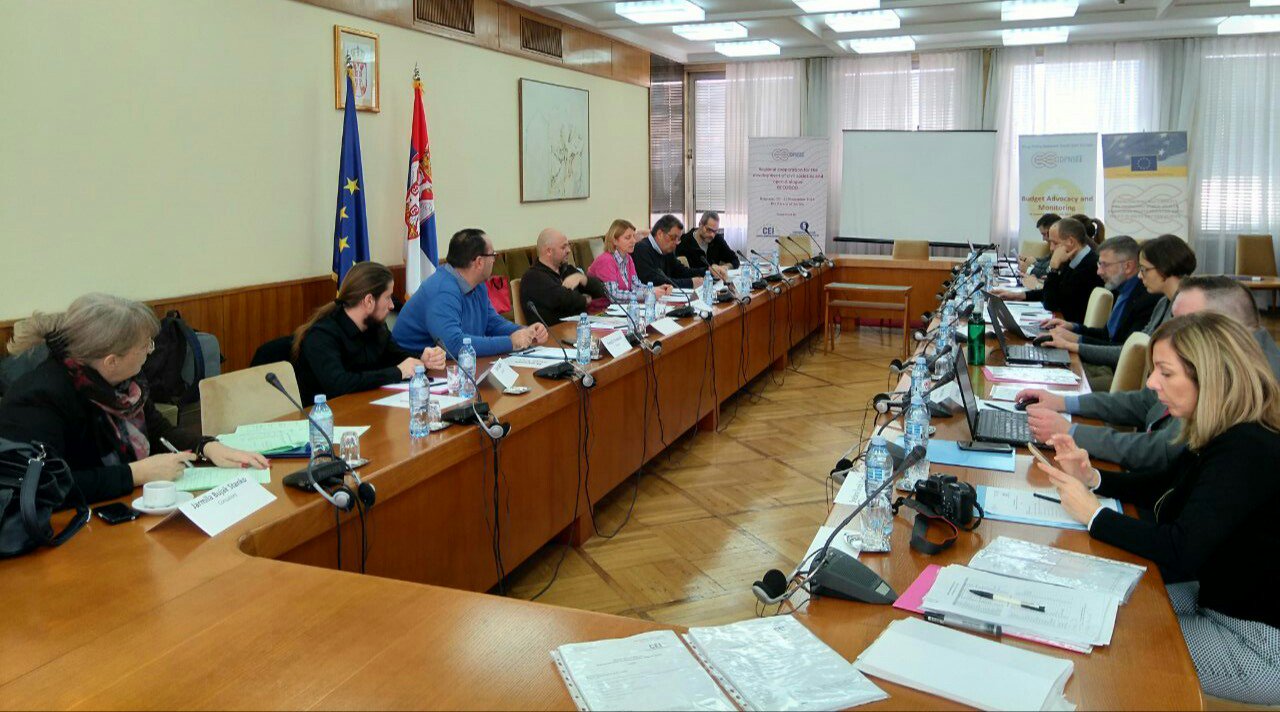Drug trafficking is a highly profitable commercial activity and remains a core business for organised crime groups across Europe today. Understanding the reality of the European drug market requires a holistic approach, following the supply chain from production and trafficking to distribution and sales.
Taking such an approach, two EU agencies – the EMCDDA and Europol – have joined forces to provide their third state-of-the-art overview of the European illicit drug market in the form of the EU Drug Markets Report 2019.
The analysis presented in this report spans numerous topics such as the links between drugs and other crimes, the licit economy and society more generally as well as the processes and players involved in the trade, from production and trafficking to distribution. Taking an evidence-based approach, the report reviews the markets for heroin, cocaine, cannabis, amphetamine, methamphetamine, MDMA and new psychoactive substances. It also provides action points to inform policy development at EU and national level. This publication is an essential reference for law enforcement professionals, policymakers, the academic community and indeed for anyone seeking up-to-date information and analysis on drug markets in Europe.

The latest data show that overall drug availability within Europe remains ‘very high’ and that consumers have access to a wide variety of high-purity and high-potency products at steady, or falling, prices. An important cross-cutting theme in the report is the environmental impact of drug production, including deforestation and the dumping of chemical waste, which can result in ecological damage, safety risks and high clean-up costs.
The report highlights the increasing importance of Europe, both as a target and drug-producing region, and shows how the violence and corruption, long seen in traditional drug-producing countries, are now increasingly evident within the EU. Among the wide-ranging consequences of the drug market presented in the analysis are its negative impacts on society (e.g. gang violence, drug-related homicide) and the strain on public institutions and governance. The drug market’s links to wider criminal activity (e.g. human trafficking, terrorism) are also explored, along with its negative repercussions on the legal economy (e.g. how money laundering associated with the drug trade undermines legitimate businesses).
 To read full report, follow this link>>>
To read full report, follow this link>>>
A short presentation of the main highlights from the EU Drug Markets Report 2019, targeting policy and practice is available in a separate document available here>>>



 To read full Report,
To read full Report, 
 In the report, the Global Commission on Drug Policy explains how the biased historical classification of psychoactive substances has contributed to the “world drug problem”. It is the first-ever comprehensive report providing a political reading of the current evaluation and classification, or “scheduling” of drugs according to their harms. “The current distinction between legal and illegal substances is not unequivocally based on pharmacological research but in large part on historical and cultural precedents. It is also distorted by and feeds into morally charged perceptions about a presumed “good and evil” distinction between legal and illegal drugs.”
In the report, the Global Commission on Drug Policy explains how the biased historical classification of psychoactive substances has contributed to the “world drug problem”. It is the first-ever comprehensive report providing a political reading of the current evaluation and classification, or “scheduling” of drugs according to their harms. “The current distinction between legal and illegal substances is not unequivocally based on pharmacological research but in large part on historical and cultural precedents. It is also distorted by and feeds into morally charged perceptions about a presumed “good and evil” distinction between legal and illegal drugs.” Ruth Dreiffus, chair of the organization and a former president of Switzerland, wrote in the foreword: “…this classification or ‘scheduling’ of drugs is the cornerstone of the current repressive approach to drug policy, which has resulted in the ‘collateral damage’ of the ‘war on drugs—tragic consequences that the Global Commission on Drug Policy has condemned since its founding in 2011. The effects of prohibition—in terms of public health and security, discrimination and prison overcrowding, the rise in power of criminal organizations and the associated violence and corruption, as well as the lack of access to essential medicines—highlight the urgent need to change course and implement policies that are more effective and more respectful of human rights.”
Ruth Dreiffus, chair of the organization and a former president of Switzerland, wrote in the foreword: “…this classification or ‘scheduling’ of drugs is the cornerstone of the current repressive approach to drug policy, which has resulted in the ‘collateral damage’ of the ‘war on drugs—tragic consequences that the Global Commission on Drug Policy has condemned since its founding in 2011. The effects of prohibition—in terms of public health and security, discrimination and prison overcrowding, the rise in power of criminal organizations and the associated violence and corruption, as well as the lack of access to essential medicines—highlight the urgent need to change course and implement policies that are more effective and more respectful of human rights.”
 On the occasion of the International Day Against Drug Abuse and Illicit Trafficking, the United Nations Office on Drugs and Crime (
On the occasion of the International Day Against Drug Abuse and Illicit Trafficking, the United Nations Office on Drugs and Crime (
 To read The World Drug Report 2019
To read The World Drug Report 2019 






 The report is available in
The report is available in 

 To download full report
To download full report 
 The National Public Health Organisation (
The National Public Health Organisation (
 To read the full report,
To read the full report, 




